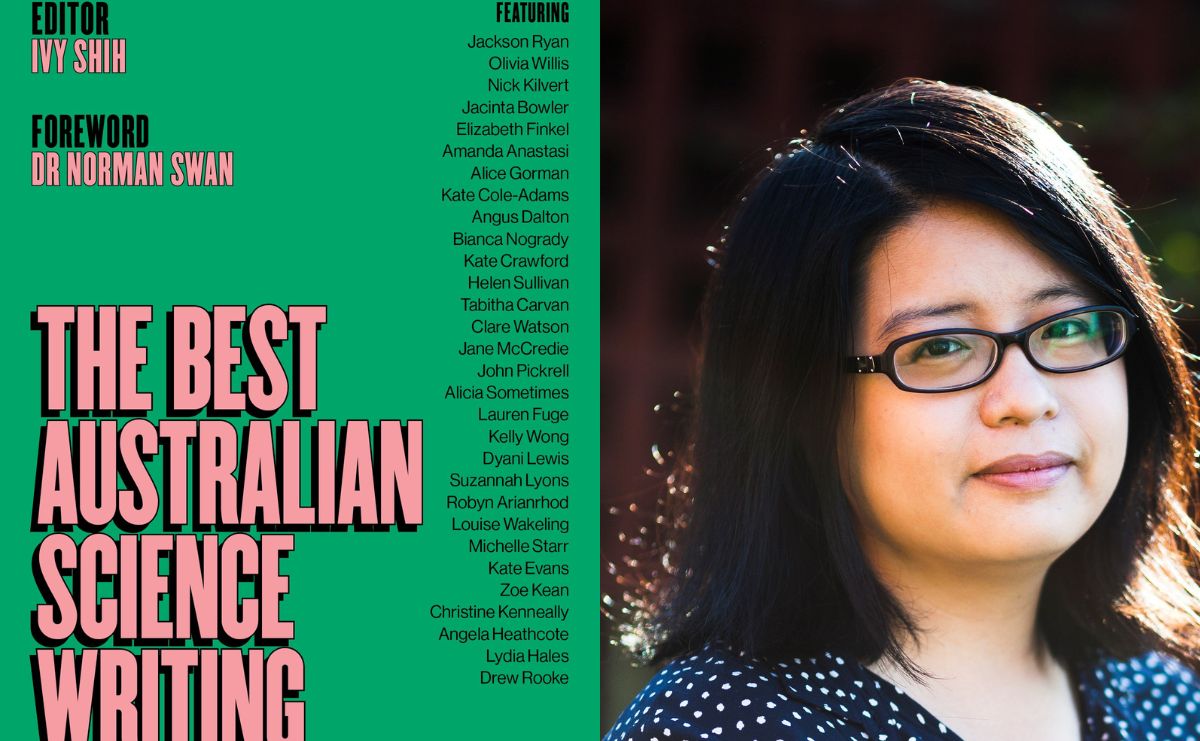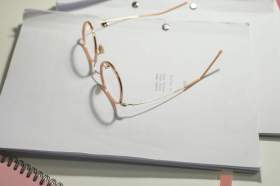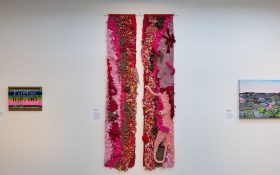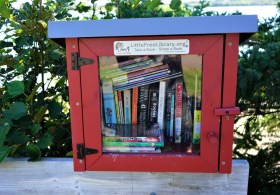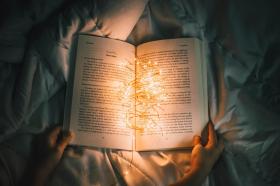Dr Norman Swan is his usual erudite self in the brief foreword to this edition that explains the role and the craft of a science writer. Above all, he reminds us that in order to write well about a subject, you have to thoroughly understand it, or as Swan puts it ‘your appreciation of the science [must be] limpid in its clarity’. (It is a rare but forgivable tautology by such an able communicator.)
I suppose it’s fair enough to label this collection ‘the best’ but it is comprised of pieces submitted by their authors, so it would omit writing by those who did not apply.
The publisher of The Best Australian Science Writing awards a prize of $7,000 for the piece of non-fiction writing that best communicates science to a general audience, with two runners-up each receiving a prize of $1,500. The articles by the prize-winners are naturally included in this collection. They are ‘Time Travel and Tipping Points’ by Lauren Fuge (about the billion-year history of the earth), ‘A Syrian seed bank’s fight to survive’ by Helen Sullivan (about courageous people doing work that could help save the planet) and ‘Spillover in suburbia’ by Olivia Willis (about research and the Hendra virus).
If you read only these three pieces you will have been amply rewarded for the price you paid for this paperback.
But I must confess, with no disrespect to the judges, that my personal preference for the best article is, in fact, ‘Rising in the yeast’ by Kelly Wong, an exposition on sourdough that is laced with humour.
That my selection may be due to an unconscious bias brings me to the point of difficulty in reviewing science writing. Like many readers, I enjoy articles about subjects I find absorbing and tend to get bored with matters outside my sphere of interest. For that reason, there is some value in the title of a work clearly indicating the subject matter so readers can pick and choose according to their taste. (Most of the titles do this, but not all.)
Meanwhile, there are many fascinating nuggets throughout the collection. Jane McCredie in the piece titled ‘Jenner, sure, but here’s to the real pioneers of immunisation’ has a lovely crack at the scientists of Jenner’s time:
‘It was well known among country folk that those infected with cowpox did not go on to develop the far more dangerous smallpox. This fact had largely escaped the notice of the scientific elite, possibly because they did not spend much time with cows.’
In ‘Why discovering “nothing” on science can be so incredibly important’, Michelle Starr points out that there is much to be learnt from nothing, illustrating the concept by describing a well-designed research experiment that fails to prove the desired result. She bemoans the fact often null results don’t make it to scientific publication.
Altogether, there are 30 articles and most are as good as the ones I have referenced here. Shih provides brief comments about each of the contributors in an appendix – an important inclusion, as the bona fides of a science writer is important. I would have preferred these at the start or conclusion of each article but it is hardly an onerous task to look them up at the end of the book.
Read: Book review: Safar, Sarah Malik
Obviously, books are published to be read and a valid question is who are the readers. In this case, they are those people who wish to stay informed about science generally, and they will find this volume rewarding.
Best Australian Science Writing 2022, edited by Ivy Shih
Publisher: NewSouth Books
ISBN: 9781742237640
Format: Paperback
Pages: 336 pp
Publication: November 2022
RRP: $32.99
